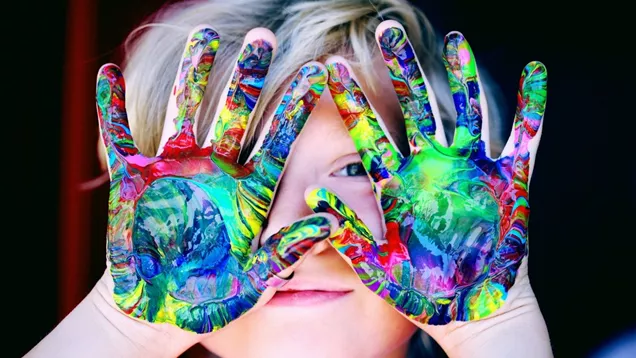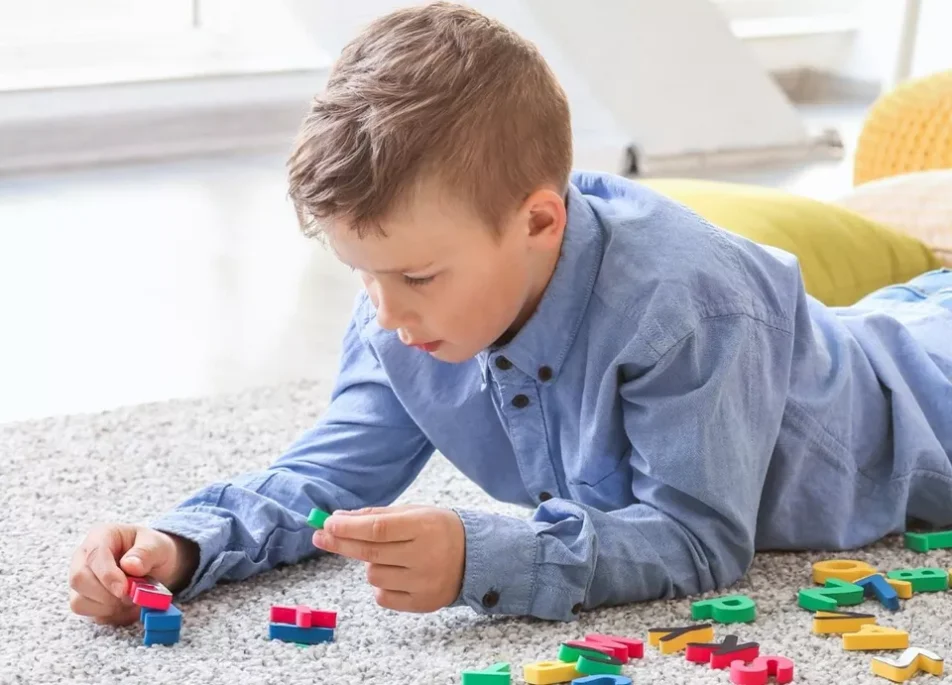Fostering an autistic non-verbal child will have its challenges, but there are many different tried and tested ways to communicate and build a loving, healthy bond without using speech.
What is non-verbal autism?
Communication is critical for any caregiver. From knowing when your child is hungry to understanding when they’re upset, the way most people communicate is through speech. However, some children with autism spectrum disorder (ASD) are non-verbal. This doesn’t mean that they can’t or don’t have a desire to communicate though. People with ASD still want to express their thoughts and feelings the same way anyone does, but they use movements, sounds and body language cues instead.
6 Autism Communication Strategies
It’s understandable to feel out of your depth if you’re new to fostering a child with autism, but we’re here to help. We’ve put together a list of some tried and tested autism communication strategies for a non-verbal child to help you understand them, care for them and nurture them as best as you can.
1. Join in with non-verbal cues
Hand gestures and eye contact are essential body language activities that we all do and are widely recognised. Smiling is how we convey happiness, wide open arms suggest we are being welcoming, pointing indicates something needs attention, frowning is a sign we’re unhappy. If you can exaggerate your hand gestures and eye contact while talking to your non-verbal child, this is a good way of how to teach body language skills that pave the way for communication.
2. Imitate to build mutual respect
This is similar to the first tip, but it’s about imitating specific sounds and how they play to conversate without speech. It shows you want to engage with them and that you’re not a threat. E.g., if they squeal with happiness when they see a dog on the television, squeal with happiness too. If they line up their toys in a straight line, line up toys in a straight line too!
3. Use flashcards
Common non-verbal communication tips involve the use of flashcards. These can make it easier for you when fostering autistic children to work out what they’re feeling or what they need. They can also be used to teach a non-verbal child new words by showing them a flashcard with an image on and pointing to the actual object in the room.
4. Keep talking
It’s important you keep using verbal communication around your non-verbal foster child, not only to make them feel included but also because studies have shown speech can develop later on life.
5. Practice sign language or Makaton
Signing using hand gestures or symbols not only helps non-verbal kids communicate, but it helps them gain independence as they can communicate with other people who use the same systems.
6. Communication passports
Communication passports are useful to help family, friends and the wider community learn about your foster child’s communication needs.

Autism Support Pack for Foster Parents
Download the FCA’s Autism Support Pack. Learn more about the common misconceptions made about children with ASD and how to adapt your home and surroundings to children with autism.
3 Activities For Non-verbal Autistic Child
Helping a non-verbal child communicate takes work, especially if they’re anxious when first arriving in your home. Like with any type of foster care, fostering a child with disabilities relies on trust. Start building rapport from day one with these fun activities for a non-verbal autistic child to engage in.
Dance and music
A lot of tips for how to communicate with a non-verbal child revolve around trying to replace words with other things, but there’s a lot to be said in the absence of words. Dancing, listening to music and playing instruments are all great ways to express emotion. Put on some music or get out the xylophone and experience the world from their point of view!
Playdough, finger painting and art
Creating shapes and objects out of playdough or paint is not just fun for children, but it also improves their motor skills. If you’ve been using flashcards, you could test their vocabulary by saying words like ‘banana’ and getting them to create it out of playdough or paint it using their fingers.
Go to support groups
Reach out to your local community to see if there are any groups for autistic children that support those who are non-verbal. They can learn a lot through interacting with other children who may have different non-verbal cues. It’s a good way to make friends and improve their confidence.
For helpful resources, autism support groups and more information about preparing to foster a child with autism, download our Autism Support Pack for Foster Parents. Or, you can get in touch and we’ll be happy to answer any questions you have.
